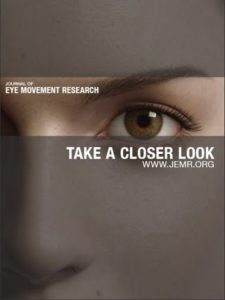This study evaluated the dynamic visual acuity of candidates by implementing a King–Devick (K-D) test chart in a virtual reality head-mounted display (VR HMD) and an augmented reality head mounted display (AR HMD). The effectiveness of VHKD and AHKD proposed in this research was evaluated experimentally. The results suggest that treatment and training could be performed concurrently through the use of clinical test and content development of VHKD and AHKD.
Summary Points
- K-D Test results were compared in three test environments: the K-D Test in a virtual reality head-mounted display, the K-D Test in an augmented reality display, and the hard copy K-D Test.
- There were differences in scores between the three types of testing, which the authors attribute to the addition of body movements in virtual and augmented reality, allowing for more of a dynamic visual assessment.
- It is important to utilize the same test format for post-K-D Tests for accurate comparison with baseline testing.

